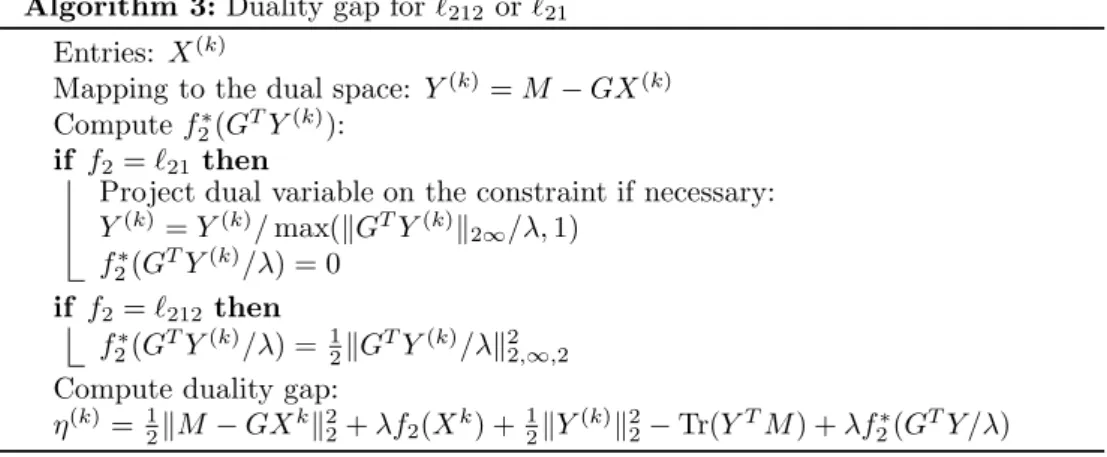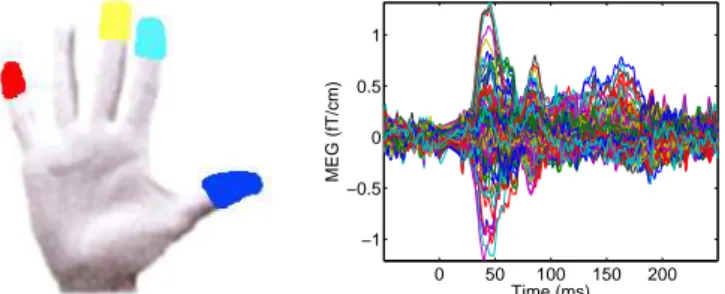Mixed-norm estimates for the M/EEG inverse problem using accelerated gradient methods
Texte intégral
Figure




Documents relatifs
(2005) made a comparison between different methods to construct phylogenetic trees using a permutation either random or greedy for the initial solution, then they compared
Abstract: This work is devoted to the numerical reliability and time requirements of the Mixed Finite Element (MFE) and Mixed-Hybrid Finite Element (MHFE) methods.. The behavior
Despite the difficulty in computing the exact proximity operator for these regularizers, efficient methods have been developed to compute approximate proximity operators in all of
The purpose of this paper is to present numerical methods and results about the contrast imaging problem in nuclear magnetic resonance which corresponds to a Mayer problem in
potential medical relevance of autopsy information for family members, autopsies, including medicolegal autop- sies, should have a dual aim of both ascertaining the cause of death
Abstract—In this paper, we propose a successive convex approximation framework for sparse optimization where the nonsmooth regularization function in the objective function is
To go beyond this approach, we propose a solver where the sparsity of source configurations is promoted, but also where the time course of each active dipole is a linear combination
If Oracle1 and Oracle2 cannot be used in practice (because they are based on unknown information on the actual sources), it is noteworthy that REST-like solutions (either based on
